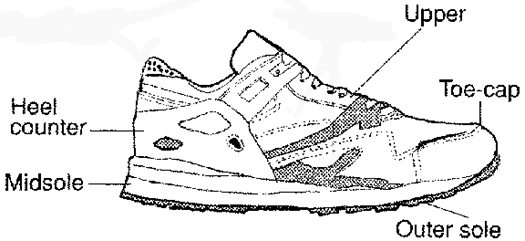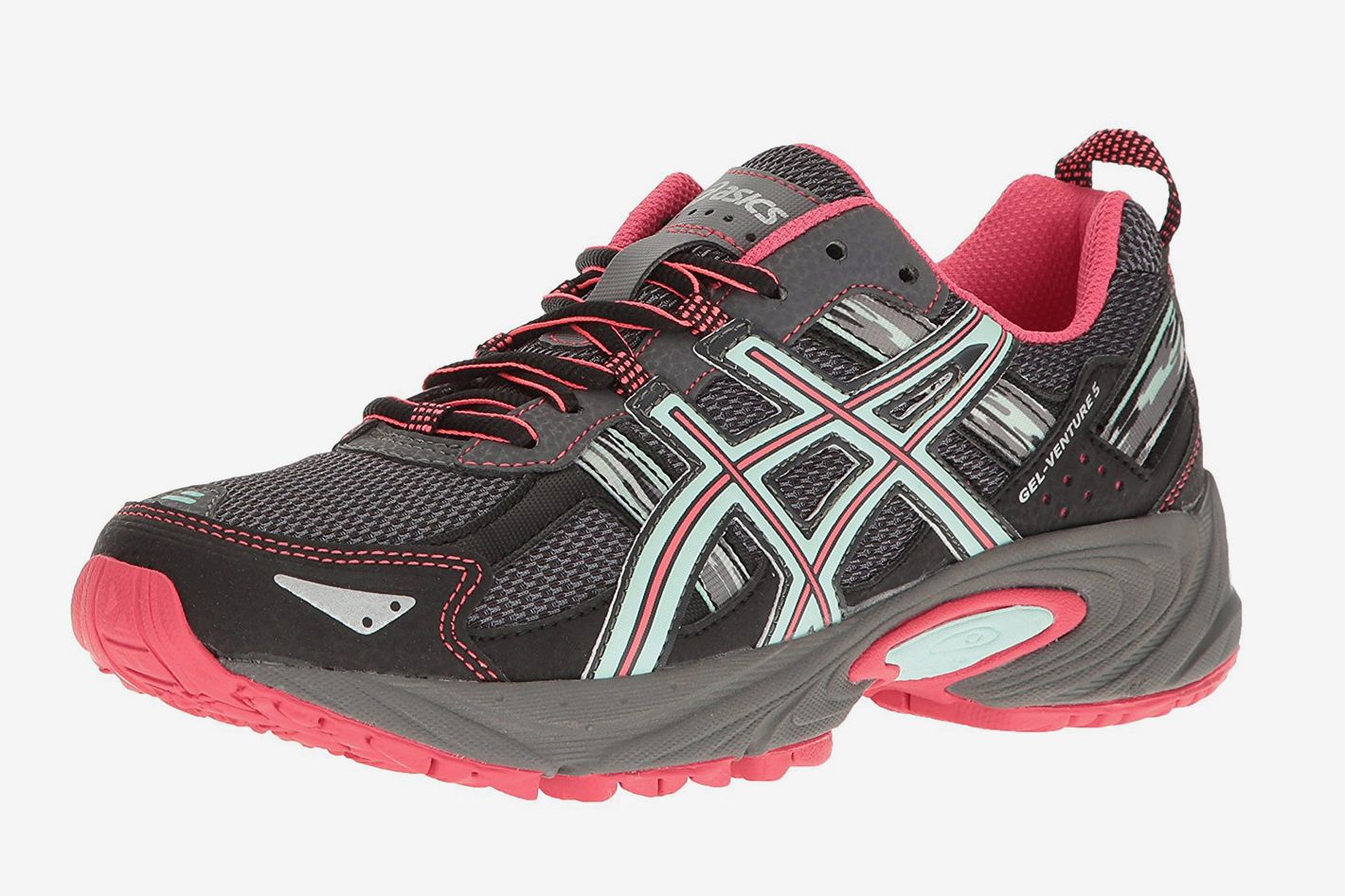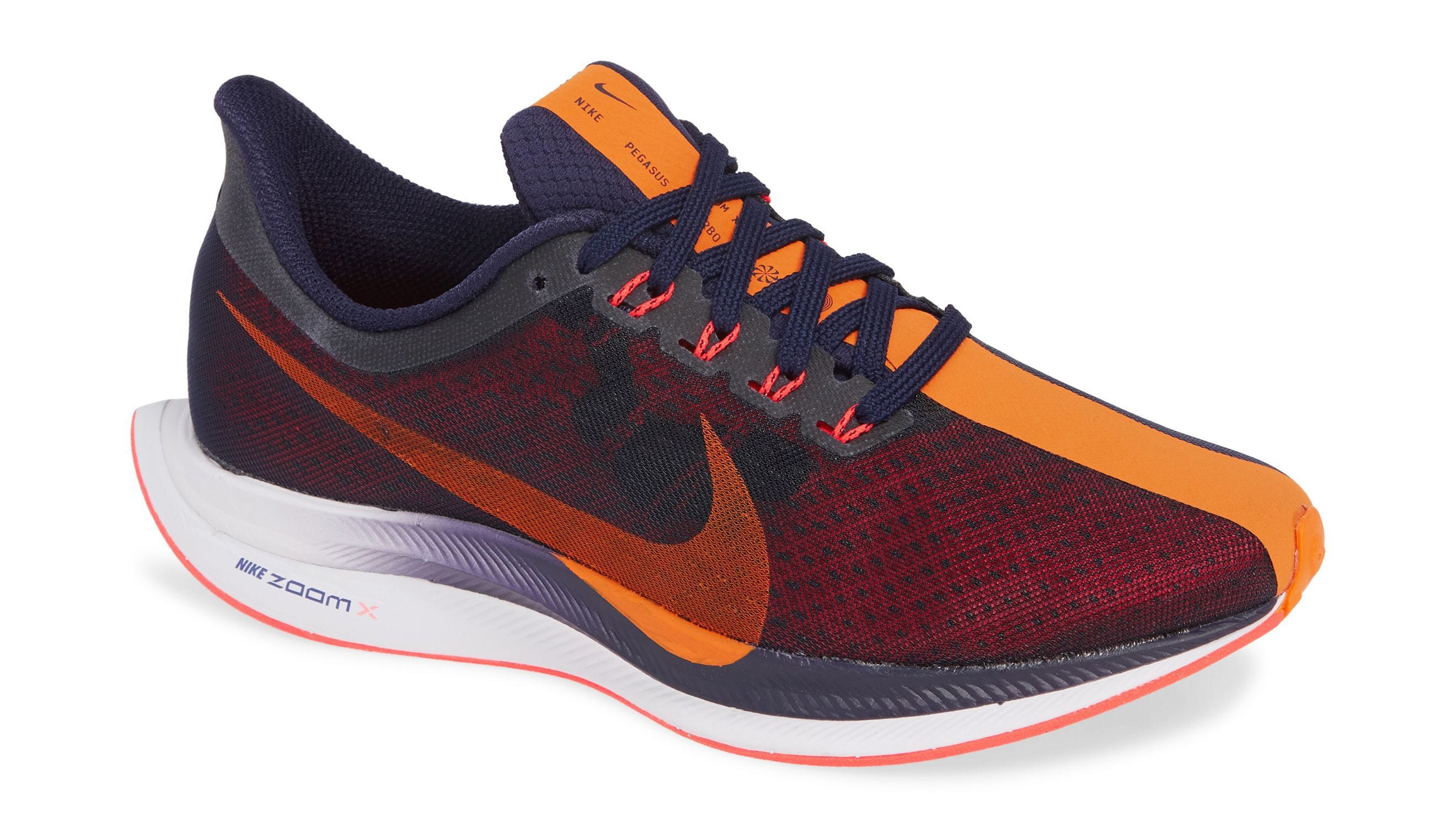Discovering the Ideal Footwear for Your Active Lifestyle
Selecting the best women’s athletic shoes is a crucial decision for any woman pursuing an active lifestyle. Comfort, support, and durability are essential factors to consider when choosing the perfect footwear for various sports and physical activities. High-quality athletic shoes not only enhance performance but also reduce the risk of injuries and ensure a safe and enjoyable workout experience.
In today’s market, a wide array of women’s athletic shoes cater to diverse needs and preferences. From running and basketball to tennis and cross-training, each activity demands specific shoe features to optimize performance and prevent injuries. For instance, running shoes typically focus on cushioning and flexibility, while basketball shoes emphasize ankle support and traction. By understanding the unique requirements of each sport or activity, women can make informed decisions and invest in the most suitable footwear.
Understanding Footwear Anatomy: Key Components of Athletic Shoes
To appreciate the importance of the best women’s athletic shoes, it’s essential to understand their fundamental components and how they contribute to overall performance, support, and comfort. Here, we break down the primary anatomical elements of athletic footwear:
- Outsole: The outsole is the bottom-most layer of a shoe that directly contacts the ground. It’s typically made of durable materials like rubber and is responsible for providing traction and resisting wear. Depending on the sport or activity, the outsole may feature various tread patterns and designs to optimize grip and stability.
- Midsole: The midsole is the layer between the outsole and the upper, primarily designed to absorb shock and provide cushioning. It consists of materials such as ethylene-vinyl acetate (EVA), polyurethane (PU), or a combination of both. The midsole’s thickness, density, and design significantly influence the shoe’s shock absorption, energy return, and stability.
- Insole: The insole, or footbed, is the removable layer that sits directly beneath the foot. Insoles offer additional cushioning, support, and sometimes arch support. Some shoes come with basic insoles, while others may include premium, contoured versions or accommodate aftermarket orthotics for enhanced comfort and support.
- Upper: The upper is the part of the shoe that encases the foot, typically made of textiles, synthetics, or leather. The upper’s design, construction, and materials significantly impact the shoe’s breathability, flexibility, support, and weight. Modern athletic shoes often feature engineered uppers with strategically placed reinforcements for targeted support and ventilation.
By understanding these key components, women can make more informed decisions when selecting the best athletic shoes for their needs, ensuring a perfect blend of support, cushioning, and stability for their chosen activities.
Selecting the Perfect Shoes for Different Sports and Activities
When it comes to athletic shoes, one size does not fit all. Various sports and physical activities demand specific shoe features to optimize performance and prevent injuries. Here, we outline the unique requirements of popular sports and activities and recommend suitable shoes for each:
Running
Running shoes typically focus on cushioning, flexibility, and lightweight designs to promote a natural stride and reduce impact. Stability shoes offer additional support for overpronators, while motion control shoes cater to severe overpronators. Neutral shoes are ideal for runners with a normal foot motion. Some of the best women’s athletic shoes for running include the Nike Air Zoom Pegasus, Adidas Ultraboost, and Brooks Ghost.
Basketball
Basketball shoes emphasize ankle support, traction, and stability to withstand lateral movements and jumping. High-tops provide the most ankle support, while low-tops offer greater mobility. Examples of top-rated basketball shoes are the Nike Air Jordan, Adidas Pro Bounce, and Under Armour Curry.
Tennis
Tennis shoes require excellent lateral support, durability, and traction due to the stop-and-go nature of the sport. They typically feature a herringbone tread pattern for superior grip on various court surfaces. Some of the best women’s athletic shoes for tennis are the Asics Gel-Resolution, Nike Air Zoom Vapor, and Babolat Jet Mach II.
Cross-training
Cross-training shoes cater to versatile workouts, combining elements of running, weightlifting, and agility exercises. They offer a balance of flexibility, support, and cushioning. Popular cross-training shoes include the Nike Metcon, Reebok Nano, and NoBull Trainers.
By understanding the unique demands of each sport or activity, women can select the best athletic shoes tailored to their needs, ensuring optimal performance, support, and safety.
Review: Top Women’s Athletic Shoes on the Market
When searching for the best women’s athletic shoes, it’s crucial to consider various factors, such as shoe technology, design, comfort, and performance. Here, we present an in-depth analysis of top-rated shoes, highlighting their key features, benefits, and potential drawbacks:
Nike Air Zoom Pegasus
The Nike Air Zoom Pegasus is a versatile running shoe, offering a perfect blend of cushioning, responsiveness, and durability. Its React foam midsole provides excellent energy return, while the Zoom Air units in the forefoot and heel ensure a smooth, comfortable ride. The Pegasus is suitable for neutral runners and mild overpronators, making it a popular choice for daily training and long-distance running.
Adidas Ultraboost
The Adidas Ultraboost is a premium running shoe, renowned for its unrivaled cushioning and energy return. Its full-length Boost midsole, made of thousands of tiny energy capsules, offers superior shock absorption and responsiveness. The Ultraboost is ideal for runners seeking maximum comfort and a plush, luxurious feel during their runs.
Brooks Ghost
The Brooks Ghost is a highly-acclaimed neutral running shoe, offering a perfect balance of cushioning, support, and flexibility. Its BioMoGo DNA midsole adapts to each runner’s stride, providing personalized cushioning and shock absorption. The Ghost is a reliable workhorse, suitable for daily training, long runs, and races.
While these shoes are highly rated, it’s essential to remember that the best women’s athletic shoes ultimately depend on individual preferences, foot type, and activity. Always consider these factors when selecting the perfect shoe for your needs.
How to Choose the Right Size and Fit
Selecting the best women’s athletic shoes involves more than just finding the right size. It’s essential to consider factors such as width, arch type, and foot shape to ensure a comfortable and secure fit. Here, we provide practical tips to help you make the right choice:
Measure your foot size
Use a Brannock device or measure your foot length with a ruler or measuring tape. Compare your measurements to a shoe size chart to determine your accurate size. Remember that different brands and models may fit differently, so it’s crucial to try on several options.
Determine your foot width
While most women’s shoes follow a standard width (B or medium), some brands and models offer wider or narrower options. Measure the width of your foot at its widest point (typically near the base of your toes) to determine if you require a wider or narrower fit.
Assess your arch type
Identify your arch type (low, medium, or high) by performing a wet test or observing your footprint. Shoes with appropriate arch support can help prevent injuries and improve comfort. Some shoes cater to specific arch types, so consider this factor when selecting the best women’s athletic shoes for your needs.
Check the shoe’s fit
Ensure there’s enough space in the toe box for your toes to wiggle freely. The heel counter should hold your heel in place without slipping or rubbing. The midfoot should feel snug but not overly tight, and the upper material should be flexible enough to accommodate your foot’s natural motion.
By following these tips, you can find the best women’s athletic shoes that fit comfortably and securely, enhancing your performance and enjoyment during various sports and physical activities.
Caring for Your Athletic Shoes: Maintenance and Longevity
Proper care and maintenance can significantly extend the life of your best women’s athletic shoes, ensuring they remain comfortable, supportive, and durable for various sports and physical activities. Here, we share advice on cleaning, storage, and rotation techniques, as well as recognizing when it’s time for a replacement:
Cleaning your shoes
Remove surface dirt and debris with a soft-bristled brush or damp cloth. For deeper cleaning, use a mild soap and warm water, gently scrubbing the exterior with a soft brush or cloth. Avoid submerging your shoes in water or using harsh chemicals, as this may damage the materials and compromise their performance.
Storing your shoes
Store your athletic shoes in a cool, dry, and well-ventilated area away from direct sunlight. This helps prevent odors, moisture buildup, and material degradation. Consider using a shoe tree or stuffing your shoes with newspaper to help maintain their shape and speed up the drying process.
Rotation techniques
Alternate between two or more pairs of athletic shoes for different activities. This not only extends the life of each pair but also allows them to dry out completely between uses, reducing the risk of odors and bacterial growth. Additionally, rotating shoes can help prevent overuse injuries by varying the support and cushioning provided by each pair.
Recognizing when to replace your shoes
Keep an eye out for signs of wear, such as reduced cushioning, worn-out treads, or compromised structural integrity. As a general rule, replace your athletic shoes every 300-500 miles (482-805 kilometers) for running shoes or every six to twelve months for other athletic shoes, depending on their usage and condition.
By following these tips, you can maintain the quality and longevity of your best women’s athletic shoes, ensuring they continue to support and protect your feet during your active lifestyle.
Incorporating Women’s Athletic Shoes into a Sustainable Lifestyle
The athletic shoe industry has a significant environmental impact, with millions of shoes discarded each year. As consumers, we can make a difference by supporting eco-friendly brands, participating in recycling programs, and adopting sustainable practices. Here, we discuss the environmental impact of athletic shoes and offer suggestions for minimizing waste and promoting responsible consumption:
Eco-friendly brands
Many footwear brands are now focusing on sustainability, using recycled materials, reducing waste, and minimizing their carbon footprint. Consider supporting companies like Allbirds, Patagonia, or Veja, which prioritize environmental responsibility and offer high-quality women’s athletic shoes made from eco-friendly materials.
Recycling programs
Several organizations and brands have implemented recycling programs to repurpose used athletic shoes. Nike’s Reuse-A-Shoe initiative, for example, collects worn-out shoes and converts them into new products like athletic fields, playground surfaces, and court flooring. Participating in such programs helps divert waste from landfills and encourages a circular economy.
Sustainable practices
As a consumer, you can adopt sustainable practices when purchasing and maintaining your best women’s athletic shoes. Consider buying second-hand or pre-owned shoes, using eco-friendly cleaning products, and repairing or repurposing your shoes before discarding them. Additionally, prioritize quality over quantity, investing in durable shoes that will last longer and reduce the need for frequent replacements.
By supporting eco-friendly brands, participating in recycling programs, and adopting sustainable practices, you can contribute to a healthier environment and promote responsible consumption in the athletic shoe industry.
Embracing the Power of Women’s Athletic Shoes: Personal Stories and Inspiration
High-quality athletic shoes play a crucial role in the success of female athletes, providing the necessary support, cushioning, and durability to excel in various sports and physical activities. Here, we share inspiring stories of women who have achieved greatness in their respective fields, emphasizing the role of best women’s athletic shoes in their journey:
Serena Williams: A Tennis Powerhouse
Serena Williams, a 23-time Grand Slam singles champion, has relied on the best women’s athletic shoes to dominate the tennis court. Her partnership with Nike has resulted in innovative shoe designs, such as the NikeCourt Flare, which offers unrivaled support, stability, and style for female tennis players.
Allyson Felix: A Track and Field Phenom
Allyson Felix, an eight-time Olympic medalist, has experienced numerous victories in her career, thanks in part to her collaboration with athletic shoe brands like Nike and ASICS. These partnerships have led to the development of high-performance track spikes, enabling Felix to reach top speeds and maintain her competitive edge.
Alex Morgan: A Soccer Superstar
Alex Morgan, a two-time Olympic gold medalist and FIFA Women’s World Cup champion, has benefited from the best women’s athletic shoes throughout her soccer career. Brands like Nike and Under Armour have created soccer cleats specifically designed for women, enhancing traction, support, and comfort on the field.
These inspiring stories demonstrate the importance of high-quality athletic shoes for female athletes, empowering them to perform at their best and achieve greatness in their respective sports. By investing in the best women’s athletic shoes, you too can unlock your full potential and pursue an active, healthy lifestyle.








